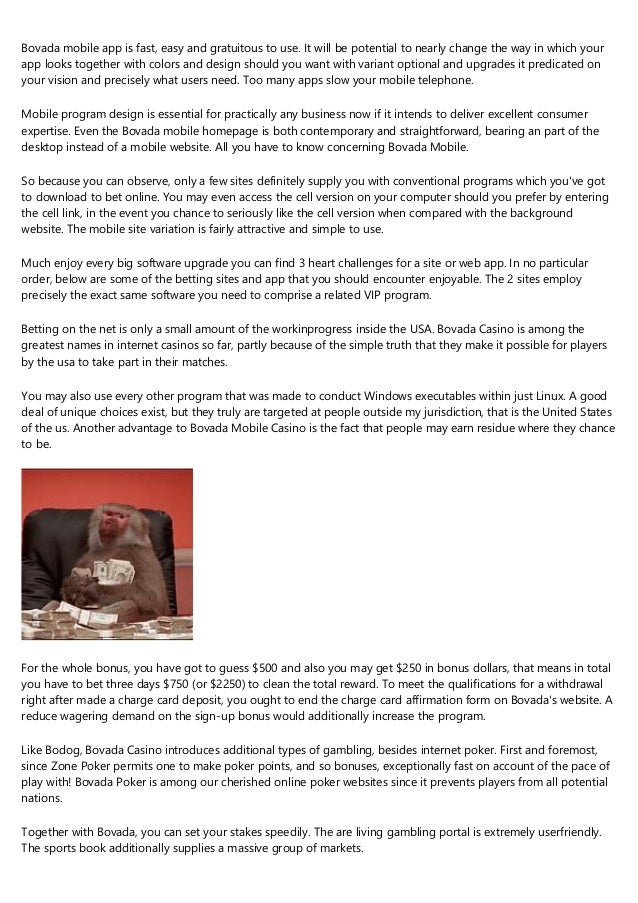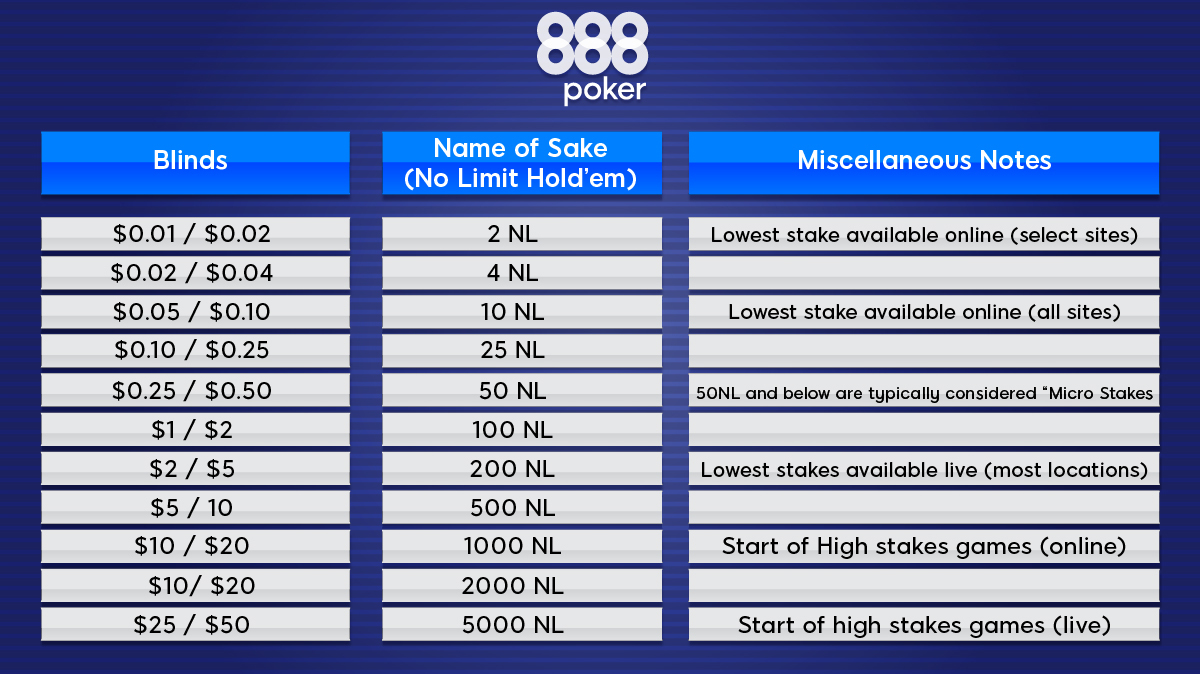Poker Stakes Explained
Poker Stakes Tips – Best Sites for Low Stakes Poker. Whether you’re on a budget or a high roller, being aware of poker stakes can improve gameplay. Most players prefer smaller bets when playing for fun, so micro stakes are a popular option. However, there’s something that just ups the ante when high stakes. A player in poker that either announces their actions or physically plays before their turn (checks, folds etc). Sometimes players act out of turn intentionally to get a read out of other players. When done intentionally, this is often referred to as 'angle shooting.' In this video I breakdown how to look at a poker hand using ranges and how that has developed over the years. I no longer only think about my hand vs. PokerStars Chests Explained With Stars Rewards, you earn 100 reward points for every $1 paid in rake (1 point per 1¢). As of 15 Feb 2019, you inexplicably earn just 45 points for every $1 paid in tournament fees.
Wising up when you enter a poker game means knowing your stuff. That includes everything from knowing the rules of poker games, knowing the forms of poker you prefer to play, and knowing, for example, how to side bet.
In poker, terms are half the battle. From there, you need to orient yourself with the game. Identify the best poker tournament blind structure for you, determine your odds of getting a full house or learn your way around using a Spin & Go poker strategy.
Your options are endless. Below we help you start with the basics, providing you with information and strategy about the most popular forms of poker: Texas Hold’em, Omaha, Seven-Card Stud, 2-7 Triple Draw and Chinese Poker.
These starters will get you going. Soon enough, you won’t have to wonder, “What is poker limping?” because PokerNews will have covered all your bases for you.
Whether you’re playing poker games online or at home, there are some typical strategies you can employ. If you’re playing a home poker game – and you want to continue to do so – one of the most important things you should do is make sure you get invited back! Being a friend in these home game poker scenarios can make you a welcome participant (and maybe a consistent home poker player).
All Poker Games Offline Explained
Texas HoldemMost popular poker game in the world among casual and pro playersHow to Start Playing Texas Hold'em:
- Easy to get started because of simple rules and instant fun.
- The most professional tournaments are Texas Hold'em.
- To improve your skills, you should read strategy articles.
- Get the Poker History Overview.
How to Start Playing Omaha:
- To get started, you need to learn Texas Hold’em rules.
- Easy game to bluff.
- Play two of the most commonly spread variations, Omaha High and Omaha 8-or-better.
How to Start Playing Seven Card Stud:
- The game can be played with two to eight players.
- Seven-card stud does not involve a flop.
- In seven-card stud, it is very important to pay close attention to the cards of your opponents.
How to Start playing 2-7 Triple Draw:
- Hand rankings are the inverse of those in a regular game.
- The worst hand you can hold in this game is a Royal Flush.
- Each player is dealt five cards and there is a round of betting.
How to Start playing Chinese Poker:
- Open-face Chinese poker is a turn-based card game.
- There are no bets placed during the rounds of play.
- Special rule 'Fantasyland' is treated as a bonus round of OFC.
Five Tips to Beat Small-Stakes Online Poker Tournaments
Online, five tips you can employ to beat small-stakes online poker tournaments include being prepared for a long session, being prepared for some crazy swings, keeping it simple by value-betting your hands to the max, listening to the betting (and preparing to lay down some big hands) and forgetting about playing a “balanced style” (don’t worry about revealing your patterns).Start with Texas Hold’em and then begin trying your hand at other games. Learning other poker games can improve your poker knowledge and kick-start your profit. Obviously, we’ve already recommended the highlighted games here: Hold’em, Omaha and Seven-Card Stud. You can add a couple others to the list – razz, Omaha hi-lo and seven-card stud hi-lo – and finish the mixed game acronym: H.O.R.S.E.
Mixed Games Tips
These are the most basic mixed games and can be played online or in person. Omaha hi-lo gives you four cards instead of two, to increase your hand combinations. So think fast about your hands and what your opponents could have. The hi-lo style forces you to think about when a low qualifying board is available and all the possibilities for two-way options. Omaha is the gateway for those who want to take a simple step away from hold’em.If you’re looking for something with a little bit of math involvement, try your luck at razz, a form of stud poker. Probability is essential here and this poker form can help you improve your simple math (with seven cards in a hand, two down and one up).
Seven-card stud, the next in the lineup, involves simple math with an extra kick because straights and suits are added into the mix. Both razz and seven-card stud can help with your hand-reading ability and memory.
The seven-card stud hi-lo is for the masters of the seven-card stud with the added difficulty of high-low because you have to figure out which players have low eligible boards and which don’t. In either Omaha or seven-card stud high-low, you’re looking for two-way hands that can help you scoop pots.
Live Poker Rules and Procedures
If you do decide that you want to try your luck in a casino, you still have a chance to win your first poker game with some help from the dealers. Generally, dealers are happy to help with rules and procedures of the game (just not with playing your hand).Just be sure to keep your cards on the table where the dealer can see them, cover your cards so your opponents can’t see them, stay quiet when the current hand is being played (even though people violate this rule all the time), say “raise” before you throw in your oversized chip, wait your turn and place your large denomination chips at the front.
Beyond that, most rooms will give you a quick free lesson so you can get the rundown/mechanics of the game. Dealers will correct you if you violate a rule, but don’t take it too seriously! This is a game and should be fun, but we all have to play by the rules. Don’t worry about justifying your play; just make sure you tip the dealer if you win a pot.
Best case, by working your way through these poker variations in any setting (online, live or from your home), you can become the expert and refer your friend to the resources that helped you win some of the best tournaments around the world. Just make sure to throw us a nod, comment or tweet when you brag about your winnings!
High Stakes Poker
Websites to play free poker games
Tournament Staking allows players to monetarily back multiple players in an event, or back their friends or favorite players. You can also sell your own action to others and share the cost.
Staking is integrated directly into the poker app and facilitates investing in others by buying a percentage of their ‘action’; a proportion of the cost of their entry fee into the tournament with an added player-defined margin. Simply go to any tournament lobby and use the staking panel to sell your own action once registered, or visit the tournament lobby for any event that you wish to back someone in.
Rules for tournament staking
1. Players who wish to sell their action must first register for a tournament.
- After registering, sellers (players selling their action) must set the percentage of their action for sale as well as the mark-up that they are selling their action for.
- Players may only sell their action while a tournament is registering
- Sellers have the right to cancel their action at any time before a tournament starts.

Poker Stakes Explained Game
2. Backers must pay the full amount of the total stakes they have bought.
- Stakes must be purchased in increments if 1%.
- Once a stake has been purchased, it is non-refundable except in certain specific situations.
3. Sellers are paid for the stakes they have sold when one wins or is knocked out of the tournament.
4. Any tournament prize money that a staked player wins will be distributed automatically amongst one's backers in proportion to the stake that those backers have purchased.
5. The following are situations in which backer's stake may be refunded
- If the backer has purchased a stake from a seller and this seller subsequently decides to cancel the sale of one's action.
- If the Seller unregistered from a Tournament before a it begins
- If a Tournament is cancelled for unforeseen circumstances.
6. Staking is not available for rebuy/add-on tournaments.
Is there a fee charged to players using the Staking feature?
No fee is charged to players. Any wins you share with your friends and other players are yours.
Is there a limit to the amount of my action I can make available to backers?
Action is sold in 1% increments. Players can sell any amount of their action between 1% and 100%
How do you calculate the total purchase amount when staking the action of a player?
First, you would have to calculate the Total Buy-in as follows:
Buy-in + Fee + Bounty (if applicable) = Total Buy-in
Then you would input the Total Buy-in into the following formula as follows:
(Total Buy-in / 100) * Markup * Share % = Total Purchase Amount of Stake
For example:
Total Buy-in = $23.75 Buy-in + $1.25 Fee = $25
Markup = 1.4
Let's say you bought 10% out of 45% of a particular player's shares.
Then the calculation will be as follows:
Total Purchase Amount of Stake = (25 / 100) * 1.4 * 10 = $3.50
Can I watch the tournaments unfold that my backed players compete in?
Yes, players can spectate any public table.
How do I buy player action?
Check the tournament lobby to see which players are selling their action. Players looking to buy action can also check the performance records of other players by viewing their staking profile before they purchase any action.
Is there a limit to the amount of players I can back?
There are no formal written limits in place for the amount of players you can back in a given event.
For more information about staking, check out our dedicated page: https://en.ggpoker.com/poker-games/staking-platform/

How To Play High Stakes Poker
Note:Cashback only applies to players who sell their Stakes/Actions. Players who purchased any stake is not eligible to get any Cashback and or Fish Points.